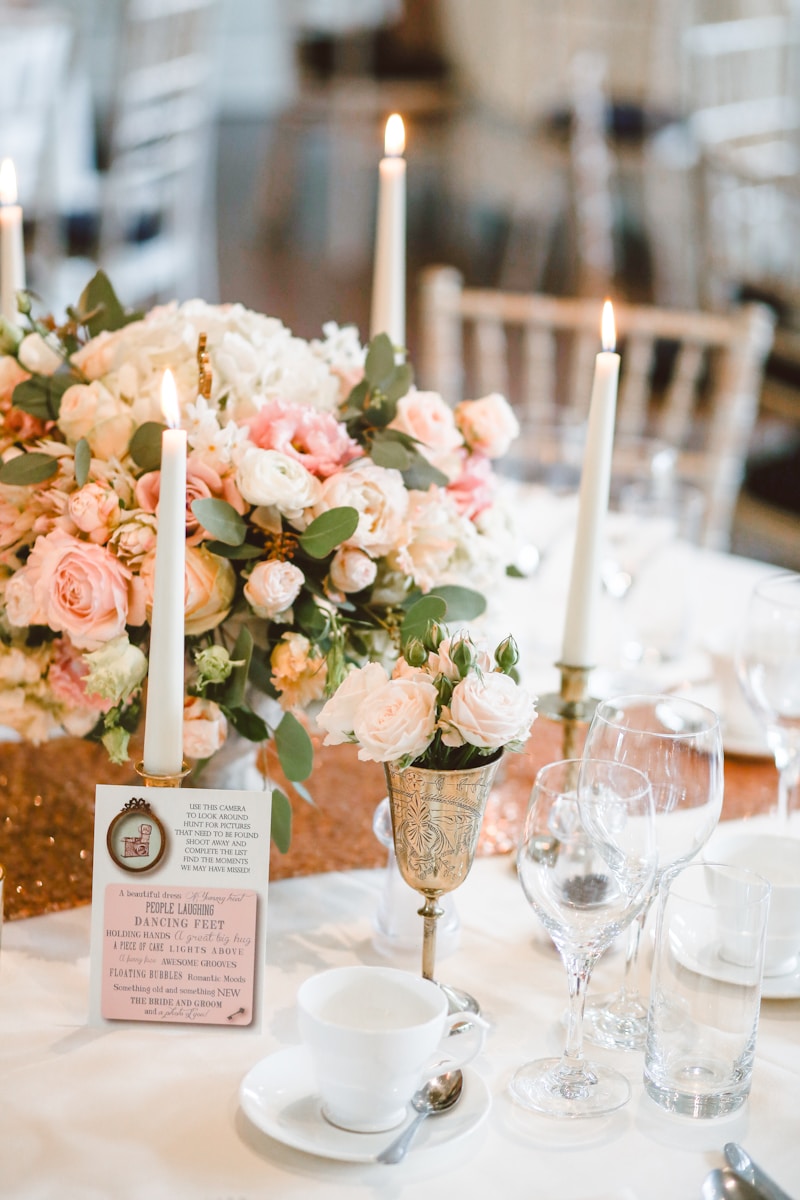Mastering DIY Wedding Dress Alterations: Essential Tips and Tricks
Introduction: The Magic of DIY Wedding Dress Alterations
When it comes to wedding planning, one of the most cherished and daunting tasks is finding the perfect wedding dress. Once you've found 'the one,' there's often a need for adjustments to ensure that the dress fits you perfectly. This is where DIY wedding dress alterations come into play. Many brides opt for alterations at home to save money and add a personal touch to their gowns. In this article, we will explore invaluable DIY wedding dress alterations tips that will help you transform your wedding attire into the dress of your dreams.
Essential Tools for DIY Alterations
Before diving into the processes of alteration, it’s crucial to have the right tools at hand. Here are some essential items you should consider:
| Tools | Description |
| Measuring Tape | A flexible ruler used to take body measurements accurately. |
| Tailor's Chalk | Used for marking alterations to the fabric temporarily. |
| Scissors | Sharp fabric scissors are essential for cutting the dress material. |
| Sewing Machine | A reliable sewing machine simplifies stitching and alterations. |
| Needles and Threads | Choose threads that match the fabric color for seamless repairs. |
| Pins | Help hold the fabric together while you pin the alterations in place. |
Identifying Common Alteration Needs
Understanding what alterations your dress may need is the first step in your DIY project. Here are some common issues that might arise:
- Length Adjustments: Many dresses need to be shortened or lengthened based on your height and heel preference.
- Taking In or Letting Out: Depending on your body shape, you may need to adjust the waist, bust, or hips.
- Strap Adjustments: Altering the length of straps can significantly impact the dress's neckline.
- Adding or Removing Embellishments: Some brides may wish to personalize their dresses with lace, beads, or other decorative items.
Step-by-Step Guide to DIY Alterations
Once you identify what alterations are necessary, follow these steps:
1. Gather Your Materials
Ensure you have all the tools and materials needed. This includes your dress, sewing machine, threads, scissors, measuring tape, and pins.
2. Try On Your Dress
Wear the dress and assess what alterations are needed. You might want to do this in front of a mirror to see how the dress looks from different angles.
3. Measure Accurately
Use the measuring tape to take accurate measurements. Whether you’re shortening the hem or taking in the sides, precise measurements are critical.
4. Make Temporary Adjustments
Pin or clip the areas that need adjustment. For example, if you're altering the hemline, pin it to the desired length. This temporary fix allows you to see how the changes will look before you sew.
5. Mark the Fabric
Using tailor's chalk, mark where you will cut or sew. Ensure that your marks are visible and precise, as they’ll guide your cutting and sewing.
6. Cut Carefully
If you need to cut the fabric, do so with sharp scissors. Take your time to ensure the cut is even and accurate.
7. Sew the Alterations
Using a sewing machine, sew along the marked lines. If you’re not confident with your sewing skills, practice on a scrap piece of fabric first.
8. Try On Again
After sewing, try the dress on again to assess the fit. Make further adjustments if necessary. Remember, it’s easier to take in fabric than to let it out.
9. Finishing Touches
Once satisfied with the fit, finish the edges and add any final embellishments. Iron the dress to remove any wrinkles from the alteration process.
Tips for a Successful DIY Alteration
To make your DIY wedding dress alterations as seamless as possible, consider these additional tips:
- Practice Makes Perfect: If you’re inexperienced with sewing, practice on less valuable fabric before altering your dress.
- Take Breaks: Keep your mind fresh by stepping away if you’re feeling frustrated or overwhelmed.
- Enlist Help: Consider asking a friend or family member for assistance, especially with fittings.
- Watch Online Tutorials: YouTube and crafting blogs are excellent resources for visual guidance on sewing techniques.

Addressing Common Concerns
Many brides-to-be have concerns about DIY alterations. Here are some frequently asked questions:
What if I make a mistake?
Mistakes can be fixed! If you’re unsure, consult a professional tailor afterward. They can correct your work or finish minor adjustments.
Is it worth the effort?
Absolutely! DIY alterations save money and allow for a personal touch. You can customize the dress to fit your specific style and preferences.
What if I need extensive alterations?
If the alterations are significant, consider hiring a professional. DIY alterations are best for minor changes.
Conclusion and Final Thoughts
DIY wedding dress alterations can be a rewarding experience. It not only saves costs but also involves creativity and personalization. Whether you're shortening the hem or embellishing your gown, following these tips will help you execute your vision flawlessly. Remember, patience and precision are key. Happy altering, and may your wedding day be as beautiful as your dress!